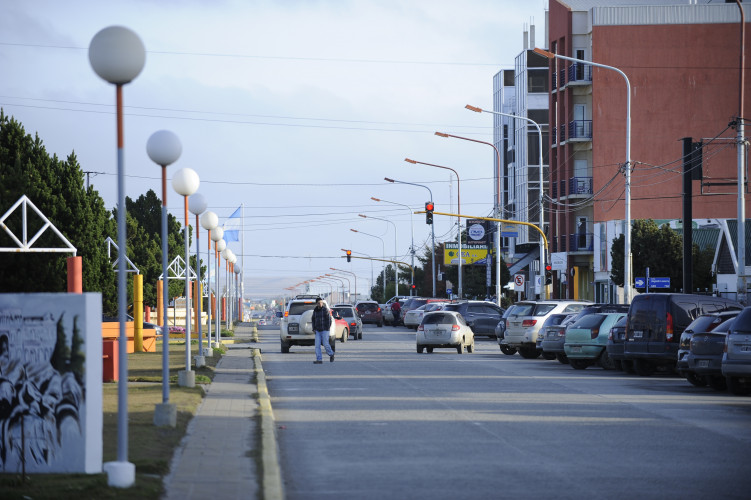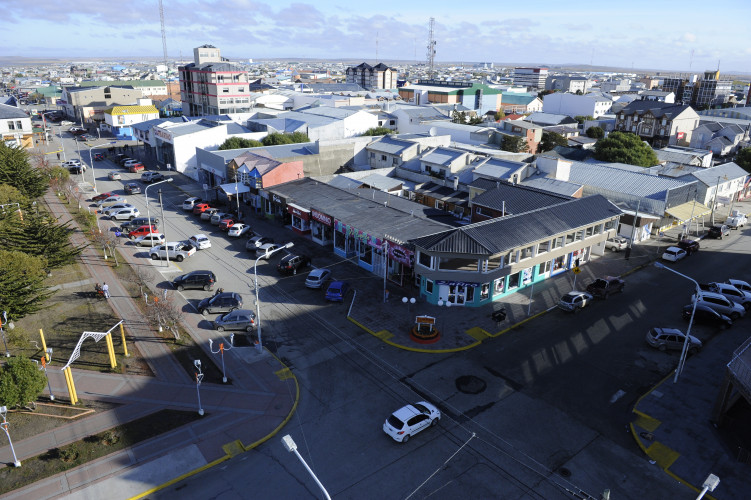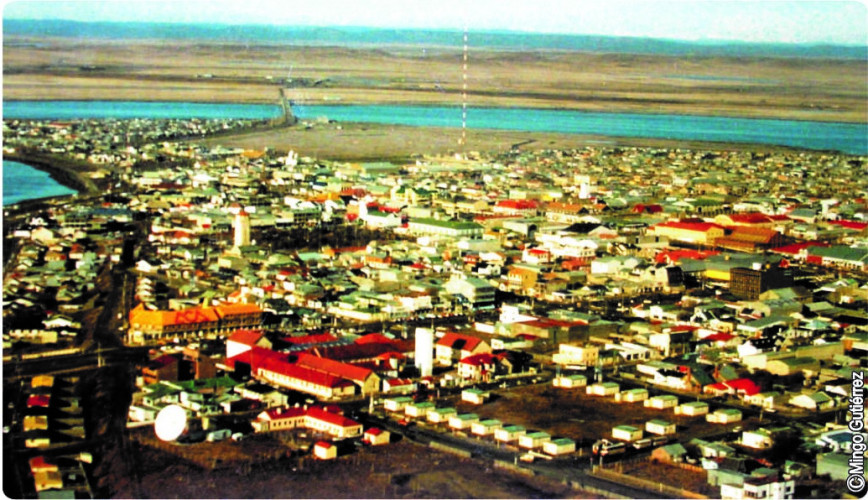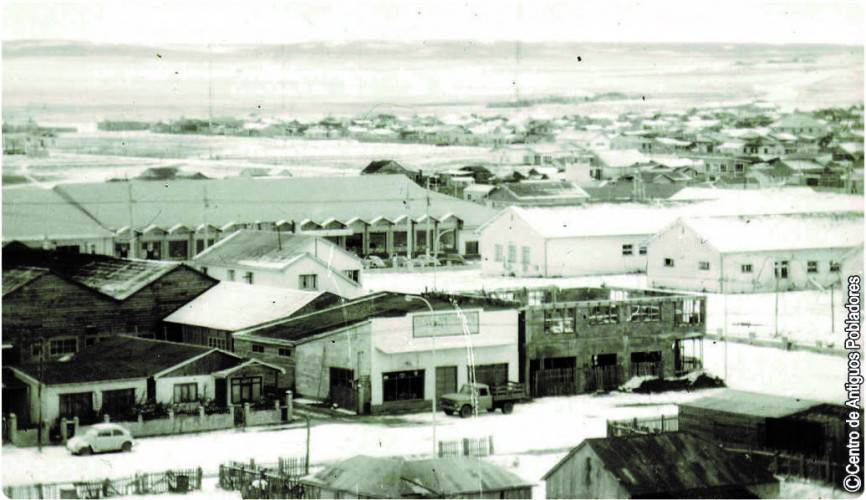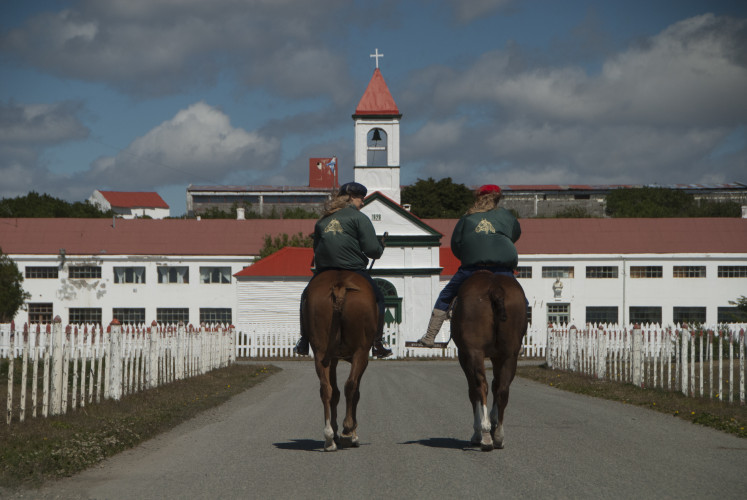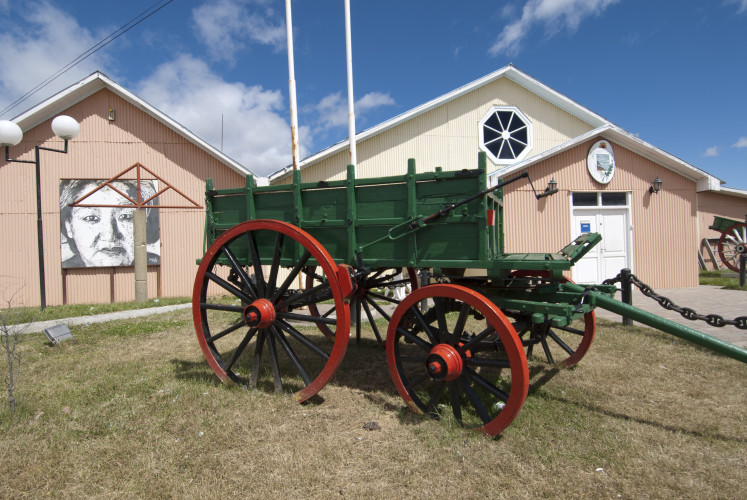The city that was born between the steppe and the sea
Located to the north of the island, Río Grande stands out for being one of the most renowned places in the world for brown trout fishing. We invite you to learn about the history of this town .
Río Grande was founded on July 11, 1921 by President Hipólito Yrigoyen, as an agricultural and shepherding colony. At the end of the 19th century, the pioneers of sheep farming chose the northern area of Tierra del Fuego to establish their estancias, made up of large estates, due to the quality of the pastures and the plentiful rivers which characterize the area. This activity boosted the development of the incipient settlement that was being formed, to which was also added the work of the Salesian Mission, whose objective was to educate and evangelize the Selk'nam aborigines that inhabited the territory. Later, at the end of the 1940s, the so-called "white gold" gave rise to the first hydrocarbon exploitation in the area. Towards the 1970s, the enactment of the Industrial Promotion Law caused an unprecedented demographic growth in Río Grande.
At present, the city is considered the "national capital of trout" and has gained fame among fishermen from all over the world for the quality and size of the specimens caught in the area. The fishing preserves are located along the Rio Grande River, and offer visitors excellent lodging, expert guides and local gastronomy with the best products of the destination, all framed by a magnificent steppe.
From the time of the pioneers, there are still several ranch houses that continue to operate in full production. These sheet metal and wood constructions are a distinctive feature of the north of the island, which is part of its historical identity. One of the largest shearing sheds in the world is located a few kilometers from the city.
In addition to fishing and cattle raising, Rio Grande has a variety of National Historic Monuments and museums, where you can learn in detail the local history and its protagonists. Bird watching and hiking along the extensive coasts and capes that surround the city are also good reasons to visit this Fuegian town, which has already reached a century of life.
The city that was born between the steppe and the sea
Located to the north of the island, Río Grande stands out for being one of the most renowned places in the world for brown trout fishing. We invite you to learn about the history of this town .
Río Grande was founded on July 11, 1921 by President Hipólito Yrigoyen, as an agricultural and shepherding colony. At the end of the 19th century, the pioneers of sheep farming chose the northern area of Tierra del Fuego to establish their estancias, made up of large estates, due to the quality of the pastures and the plentiful rivers which characterize the area. This activity boosted the development of the incipient settlement that was being formed, to which was also added the work of the Salesian Mission, whose objective was to educate and evangelize the Selk'nam aborigines that inhabited the territory. Later, at the end of the 1940s, the so-called "white gold" gave rise to the first hydrocarbon exploitation in the area. Towards the 1970s, the enactment of the Industrial Promotion Law caused an unprecedented demographic growth in Río Grande.
At present, the city is considered the "national capital of trout" and has gained fame among fishermen from all over the world for the quality and size of the specimens caught in the area. The fishing preserves are located along the Rio Grande River, and offer visitors excellent lodging, expert guides and local gastronomy with the best products of the destination, all framed by a magnificent steppe.
From the time of the pioneers, there are still several ranch houses that continue to operate in full production. These sheet metal and wood constructions are a distinctive feature of the north of the island, which is part of its historical identity. One of the largest shearing sheds in the world is located a few kilometers from the city.
In addition to fishing and cattle raising, Rio Grande has a variety of National Historic Monuments and museums, where you can learn in detail the local history and its protagonists. Bird watching and hiking along the extensive coasts and capes that surround the city are also good reasons to visit this Fuegian town, which has already reached a century of life.

